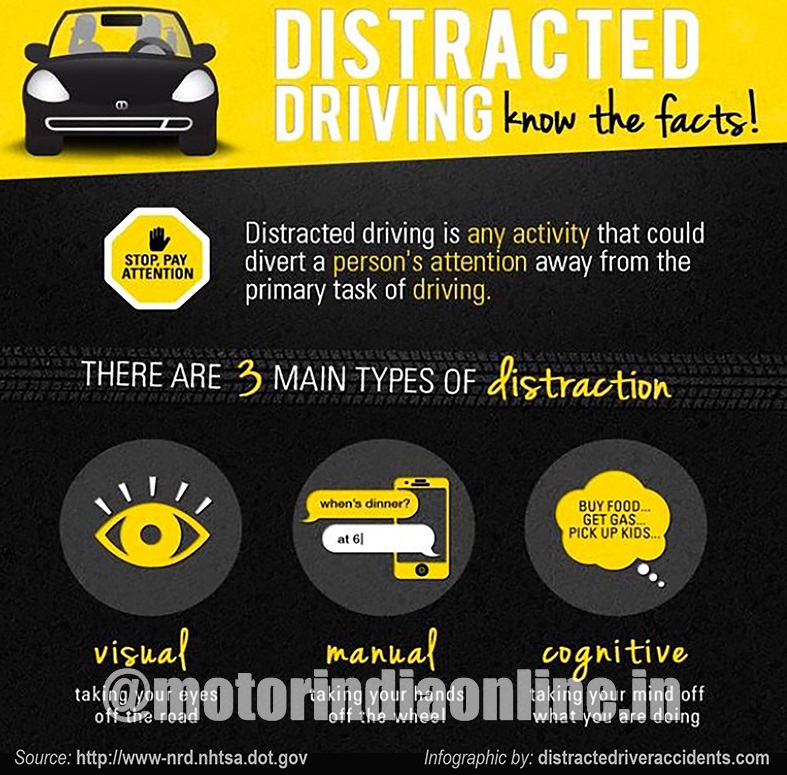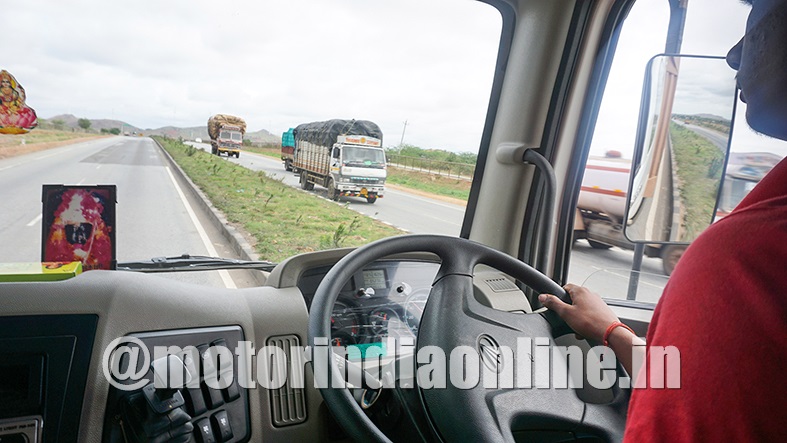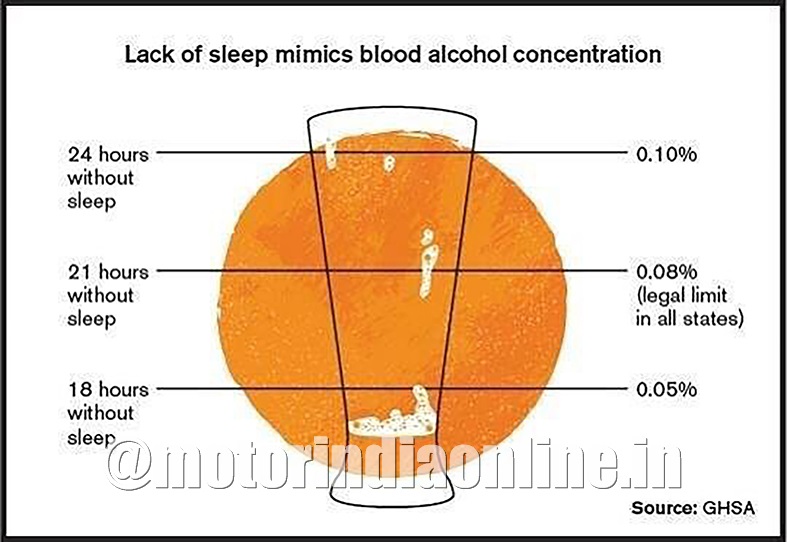‘Life is the greatest teacher,’ in all probability, yes. But the greatest or not, one thing is for sure that roads are the strictest and harshest teachers. No forgivings. It is very apt to say either learn from others’ experience or perish. Driving a huge truck on a highway is a serious job. Controlling and manoeuvring big trucks is not a child’s play. It requires good driving skills, high concentration and defensive driving skill. One such topic for which there may not be any abridged course is defensive driving. In fact, on our Indian roads it is an alien subject, and the drivers, be it a two-wheeler, car or a massive trailer truck, often undermine its importance while driving. Let us understand as to what defensive driving is all about and how it can save our lives as well as those of other road users.
Defensive driving is nothing but an art of identifying the potential risks on the road and thereby avoid major mishaps. Such risks could be better understood if the driver is aware of his surroundings, and such an awareness makes a huge difference in making our roads safe.
Some common examples of such risks are drowsy driving, drunken driving, road rage, over or under speeding, distractions, talking or texting while driving, eating and drinking while moving the vehicle, and the most basic but important factor is to go through the check list for the vehicle inspection before taking the vehicle out on the road.
Defensive driving is a way where a driver extends his responsibility beyond his own safety and cares about the co-users of the roads, including the pedestrians.
To avoid sudden breakings and changing lanes at the eleventh-hour, defensive driving propagates the theory of aiming high on the steering, as far as our eyes are able to see ahead. As a result, it makes that much easier for the driver to maintain his vehicle in the centre of the traffic lane and finds a safe path on turns. A secret to smooth unhurried driving actions which are essential part of defensive driving.
While on the road, be it a highway or the city traffic, the defensive driving principle tells a driver to aim for the big picture. It should be wide and deep to understand what is in it, the objects and the background, the proximity and the depth. Once the driver develops the habit of ‘see it all’ attitude it keeps him away from billboards or hoardings. Accidents happen at split second attention diversion. Seeing the big picture will allow him to buy time to save himself and the fellow road users.
While seated behind the wheel a driver is secured with his seatbelt, but one thing that should not be fixed is his gaze. His eyes must be roving; looking in the front, to the left and rear and again in the front followed by right and rear once again continuously. It will keep him alive at the intersections. So to say, his eyes should be ahead of his truck. His eyes should scan and not stare, and that is what is known as def ensive driving.
ensive driving.
While moving on a busy road we may not always have a free space on the adjacent lanes but definitely the space ahead is in our control. Maintaining a safe distance ahead according to the speed and road conditions enables to have an escape route. It prepares the driver to expect the unexpected.
Observing the three-second rule when driving at higher speeds, which means that we must ensure that at least three seconds must pass from the time the vehicle in front of our truck reaches a specific point and the time that we reach the same spot. When driving in bad weather, it usually takes a few seconds longer between hitting the brakes and stopping the truck. It is a cardinal rule of defensive driving to maintain safe distance from the vehicle in front and allow the driver sufficient time to react appropriately in case something untoward happens.
Defensive driving usually requires the driver to drive smarter and become more observant not only of his own driving behaviour but also that of other drivers on the road. It is not hard to find irresponsible drivers on the roads. Defensive driving principles emphasise the need to be wary of such potential threats. Is not our life precious to us? Well, why take a chance? it is always best to give way by slowing down our speed and letting them pass us.
While a driver must see other road users it is equally essential to ensure that others too have seen him/her. So, what do we do to ensure that? Communication and that too two-way communication with the help of a unique language of horns, lights, signals and eye-to-eye contact.
Defensive driving is not only about our driving skills. It may also involve our attitude toward other drivers on the road. Truck drivers are susceptible to road rage as of any other vehicle, big or small. Whenever one finds himself in a situation where another driver shows bad driving behaviour, one must make sure to maintain his composure and not get carried away by accentuated egos. Getting angry or emotional can have an impact on our driving behaviour which can put us at risk in future too.
It is an open secret that on roads there is a danger of getting into an accident anytime. It is something beyond the control of even the most skilled truck drivers. By observing the fundamental rules about defensive driving, we all can help prevent serious road accidents involving vehicles, cargo and, most importantly, the precious lives.

